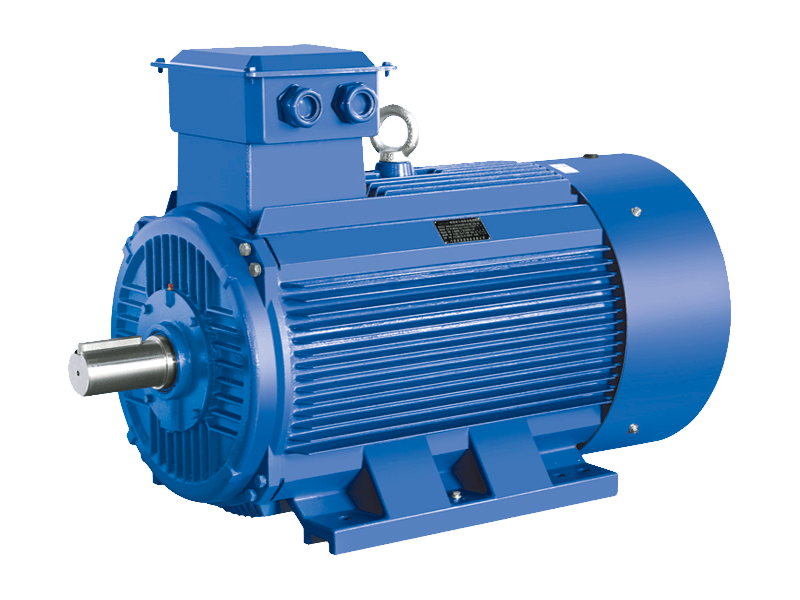In the industrial field, the three-phase asynchronous motor produced by the asynchronous motor factory is an indispensable power source. Our asynchronous motor factory is committed to designing and manufacturing efficient, reliable and economical three-phase asynchronous motors to meet the needs of various industrial applications.
The working principle of three-phase asynchronous motor is based on the principle of electromagnetic induction. The electric motor produced by our asynchronous motor factory consists of two parts: stator and rotor. The stator is the fixed part of an electric motor that contains three-phase windings that produce a rotating magnetic field when powered. The rotor is the rotating part of an electric motor and is usually made of a conductive material such as aluminum or copper. When the stator windings are energized, the rotating magnetic field produces induced currents in the rotor. These currents interact with the magnetic field to produce torque, causing the rotor to rotate.
The three-phase asynchronous motor produced by our asynchronous motor factory is called "asynchronous" because the rotation speed of the rotor is always lower than the synchronous speed of the stator's rotating magnetic field. This speed difference, also known as slip, is the key to the normal operation of the three-phase asynchronous motor. The presence of slip allows the motor to provide additional torque to overcome load resistance.
When designing three-phase asynchronous motors, our asynchronous motor factory focuses on efficiency and performance. We use advanced design software and manufacturing techniques to ensure our motors provide better performance under a variety of operating conditions. Our electric motors are compact, lightweight and easy to install and maintain, making them ideal for use in space-constrained applications.

